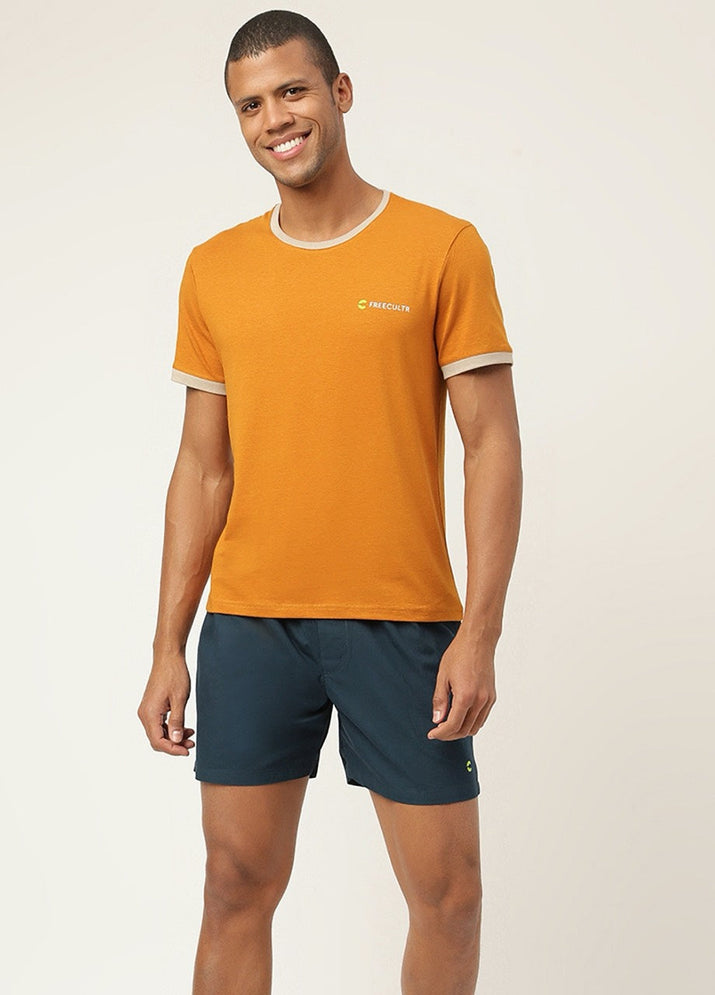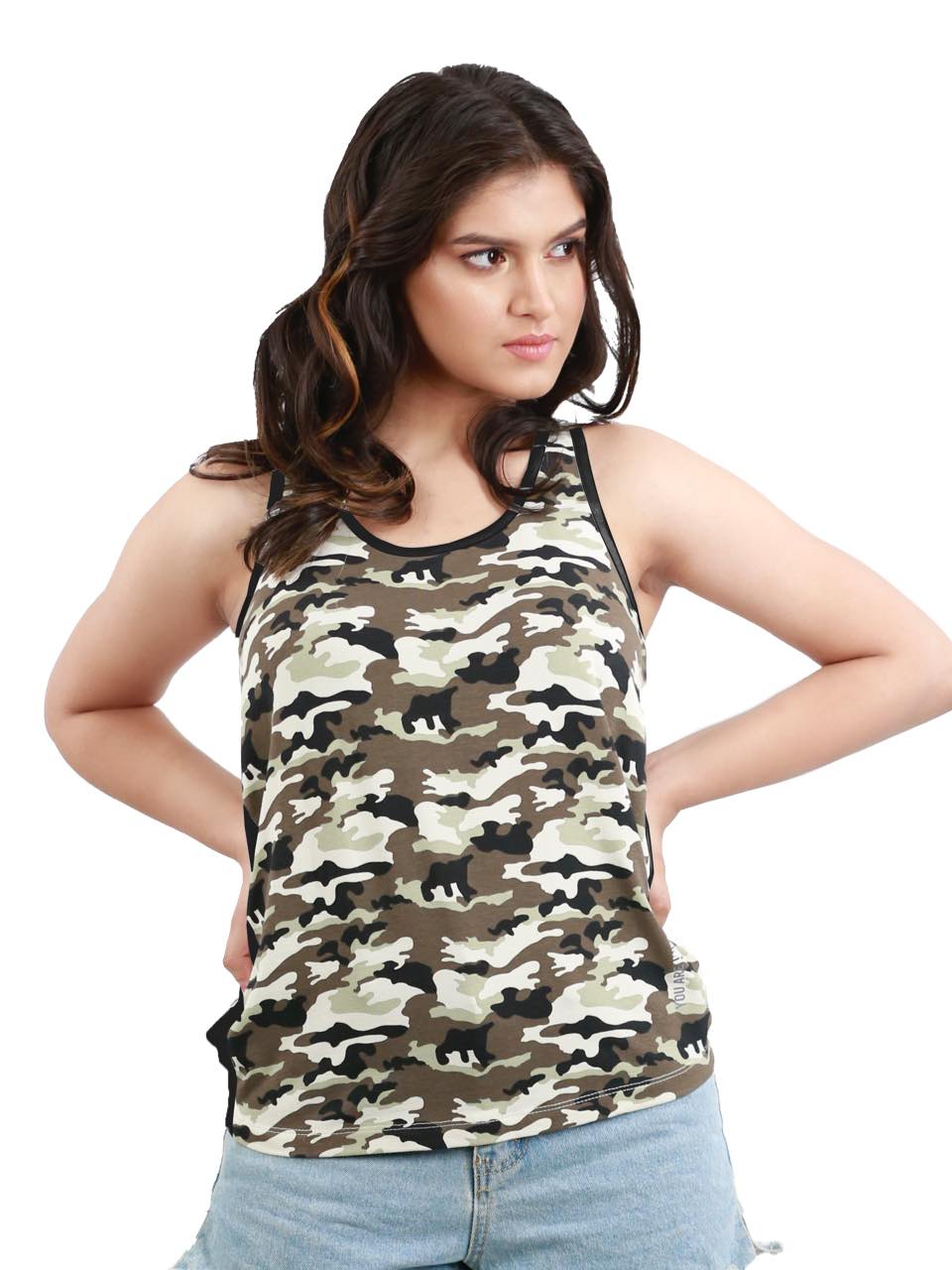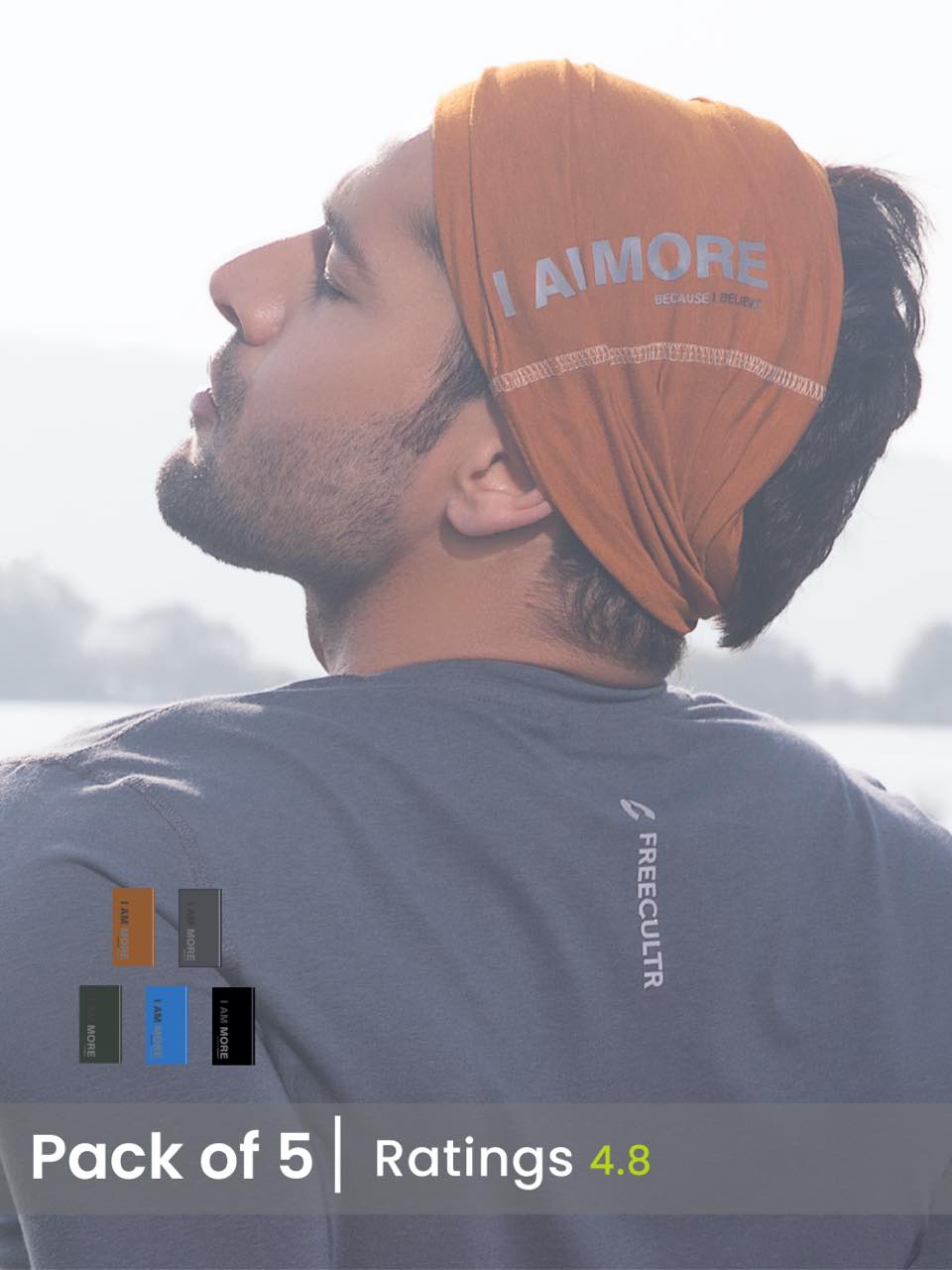Beyond fleeting fashion fads, the enduring appeal of the t-shirt lies in its soft comfort and resilient construction. Today, advancements in fabric technology are pushing the boundaries of what's possible. Consider the rise of performance tees crafted from blends incorporating recycled polyester and innovative fibers like Tencel, offering enhanced breathability and moisture-wicking properties. Brands are responding to consumer demands for sustainability, incorporating these eco-conscious materials without sacrificing durability. We'll delve into the crucial factors determining a tee's lifespan, exploring weave structures, fiber compositions. The impact of modern dyeing techniques on colorfastness and overall wear resistance. Ultimately, understanding these elements empowers informed choices, ensuring your wardrobe staples are both comfortable and built to last.

Understanding the Foundations: What Makes a Great Tee?
The humble t-shirt. A wardrobe staple. But what elevates a simple tee from basic to brilliant? It all boils down to the fabric and its construction. Understanding the properties of different materials and how they're woven or knitted is key to appreciating the balance between soft fabric and durable wear.
At its core, a great tee needs to feel good against the skin. It needs to drape well, breathe. Withstand the rigors of daily life. This requires a careful consideration of fiber type, yarn quality. The fabric's overall structure.
The Magic of Fibers: Choosing the Right Material
The type of fiber used in a t-shirt's fabric is the most crucial factor determining its comfort and durability. Here's a look at some common choices:
- Cotton: The undisputed king of t-shirt fabrics. Cotton is naturally soft, breathable. Absorbent. Different types of cotton offer varying degrees of quality.
- Polyester: A synthetic fiber known for its strength, wrinkle resistance. Quick-drying properties. It's often blended with other fibers to enhance durability and reduce shrinkage.
- Rayon/Viscose: A semi-synthetic fiber derived from cellulose. It offers a silky smooth feel and excellent drape. Can be prone to wrinkling and may not be as durable as cotton or polyester.
- Blends: Combining different fibers can create fabrics with unique properties. For example, a cotton-polyester blend offers a good balance of comfort, durability. Wrinkle resistance.
- Linen: A natural fiber known for its breathability and strength. Linen tees have a textured feel and are ideal for warm weather. They tend to wrinkle easily.
- Bamboo: A natural fiber known for its softness, breathability. Eco-friendliness. Bamboo tees are comfortable to wear and are a sustainable alternative to cotton.
Cotton Varieties: A Deeper Dive
Not all cotton is created equal. Different varieties offer distinct characteristics that impact the overall feel and performance of the t-shirt.
- Regular Cotton: The most common and affordable option. It's soft and breathable. Can be prone to shrinkage and fading.
- Ring-Spun Cotton: Made by twisting and thinning the cotton strands to make a very fine, strong, soft rope of cotton fibers. Ring-spun cotton tees are generally softer and more durable than regular cotton.
- Combed Cotton: Undergoes an additional combing process to remove short fibers and impurities. This results in an even smoother and more durable yarn.
- Organic Cotton: Grown without the use of synthetic pesticides or fertilizers. It's a more sustainable option and is often softer than conventionally grown cotton.
- Pima Cotton: A high-quality, extra-long staple (ELS) cotton known for its exceptional softness, strength. Luster.
- Egyptian Cotton: Another ELS cotton renowned for its luxurious feel and durability. Similar to Pima cotton, it offers superior comfort and longevity.
Construction Matters: Knitting vs. Weaving
The way the fibers are structured into a fabric also plays a significant role in the t-shirt's comfort and durability. Two primary methods are used: knitting and weaving.
- Knitting: Interlocking loops of yarn together. Knitted fabrics are generally softer, stretchier. More breathable than woven fabrics. Most t-shirts are made from knitted fabrics. Common knit types include jersey, rib knit. Interlock knit.
- Weaving: Interlacing two sets of yarns (warp and weft) at right angles. Woven fabrics are typically more durable and less prone to stretching than knitted fabrics. They can also be stiffer and less comfortable. Woven fabrics are less common in t-shirts but may be used for details like pockets or collars.
Understanding Knit Types: Jersey, Rib. Interlock
Within knitted fabrics, different knit types offer varying properties:
- Jersey Knit: The most common type of knit used for t-shirts. It's lightweight, soft. Has a slight stretch. Jersey knit is relatively inexpensive to produce, making it a popular choice.
- Rib Knit: Characterized by vertical ribs that provide greater elasticity and shape retention. Rib knit is often used for collars, cuffs. Side panels of t-shirts.
- Interlock Knit: A double-knit fabric that's thicker and more stable than jersey knit. Interlock knit is less prone to curling at the edges and offers a smoother surface. It can also be less breathable.
The Role of Yarn Quality: From Fiber to Fabric
The quality of the yarn used in the fabric significantly impacts the t-shirt's overall performance. Higher-quality yarns are typically smoother, stronger. More resistant to pilling and abrasion. Factors that influence yarn quality include:
- Fiber Length: Longer fibers generally produce stronger and smoother yarns.
- Twist: The amount of twist in the yarn affects its strength and appearance. Higher twist yarns are typically stronger but can also be rougher.
- Spinning Method: Different spinning methods (e. G. , ring spinning, open-end spinning) produce yarns with varying characteristics.
The Blend is Your Friend: Combining Fibers for Performance
Blending different fibers can create fabrics that offer the best of both worlds. Here are some common blends and their advantages:
- Cotton-Polyester: Enhances durability, wrinkle resistance. Reduces shrinkage compared to 100% cotton.
- Cotton-Rayon: Adds softness, drape. A subtle sheen to the fabric.
- Cotton-Spandex: Provides stretch and improved shape retention.
- Tri-Blends (Cotton-Polyester-Rayon): Offer a combination of softness, durability. Drape. These are popular for vintage-inspired tees.
Real-World Applications: Choosing the Right Tee for the Occasion
The ideal t-shirt depends on its intended use. Consider these factors when making your selection:
- Everyday Wear: A comfortable and durable cotton or cotton-blend tee is a great choice.
- Athletic Activities: Moisture-wicking polyester or blends designed for performance are ideal.
- Formal Occasions: A high-quality Pima or Egyptian cotton tee in a classic color can be dressed up with a blazer.
- Hot Weather: Breathable linen or bamboo tees are excellent choices for staying cool.
Caring for Your Tees: Extending Their Lifespan
Proper care is essential for maintaining the softness and durability of your t-shirts. Follow these tips:
- Read the Care Label: Always follow the manufacturer's instructions for washing and drying.
- Wash in Cold Water: Cold water helps prevent shrinkage and fading.
- Turn Inside Out: Protects the fabric's surface from abrasion during washing.
- Use a Gentle Detergent: Harsh detergents can damage the fibers.
- Tumble Dry on Low Heat or Hang Dry: High heat can cause shrinkage and damage.
- Avoid Over-Drying: Over-drying can make the fabric brittle.
The Importance of Fit: Comfort and Style Combined
Even the best fabric won't matter if the t-shirt doesn't fit well. Consider your body type and desired style when choosing a fit:
- Classic Fit: A relaxed and comfortable fit that's suitable for most body types.
- Slim Fit: A more tailored fit that hugs the body.
- Athletic Fit: Designed for those with a muscular build, with wider shoulders and a tapered waist.
- Oversized Fit: A loose and relaxed fit that's popular for a casual look.
Fashion & Comfort: A Delicate Balance
- fashion & comfort
- fashion & comfort
Durability Testing: How to Judge a Tee's Longevity
Before committing to a purchase, consider these factors that indicate a durable tee:
- Seam Strength: Check for reinforced seams at the shoulders, armholes. Hem.
- Fabric Weight: A heavier fabric generally indicates higher quality and durability.
- Pilling Resistance: Look for fabrics that are less prone to pilling, especially in high-wear areas.
- Colorfastness: Choose tees made with dyes that are resistant to fading.
Sustainability and Ethical Considerations
In today's world, it's crucial to consider the environmental and social impact of your clothing choices. Look for t-shirts made from sustainable materials like organic cotton or recycled polyester. Choose brands that prioritize ethical labor practices.
Comparing T-Shirt Fabrics: A Quick Reference Table
| Fabric | Pros | Cons | Best For |
|---|---|---|---|
| Cotton | Soft, breathable, absorbent | Can shrink, wrinkle, fade | Everyday wear |
| Polyester | Durable, wrinkle-resistant, quick-drying | Less breathable than cotton | Athletic activities |
| Rayon/Viscose | Silky smooth, excellent drape | Wrinkles easily, less durable | Dressier occasions |
| Cotton-Polyester Blend | Good balance of comfort and durability | May not be as breathable as 100% cotton | Everyday wear, travel |
| Linen | Breathable, strong | Wrinkles easily | Warm weather |
| Bamboo | Soft, breathable, eco-friendly | Can be more expensive | Everyday wear, sensitive skin |
Conclusion
So, you're now armed with the knowledge to choose tees that are both luxuriously soft and built to last. Remember, the key is paying attention to the fabric composition. I've personally found that tees with a blend of cotton and a touch of something like modal or even a recycled fiber offer a superior feel and hold up incredibly well, wash after wash. Don't be afraid to invest a little more upfront; a durable tee will save you money in the long run by avoiding constant replacements. As a quick tip, turn your tees inside out before washing to preserve color and reduce pilling. Embrace the trend of conscious consumerism and opt for brands prioritizing sustainable practices [https://www. Commonobjective. Co/](https://www. Commonobjective. Co/). Now, go forth and curate a tee collection that not only feels amazing but also stands the test of time! You deserve clothes that work as hard as you do.More Articles
Tees – UV Protection & Eco-Friendly FabricWomen's Tank Top – Breathable Fabric & All-Day Comfort
Tank Top for Women – Moisture-Wicking & Stylish Design
Bandana – Soft Material & Wind Resistance
FAQs
So, what makes these tees so darn soft?
Ah, the million-dollar question! It's all about the fabric, my friend. We use specifically chosen materials, often a blend of high-quality cotton and sometimes a touch of modal or bamboo for extra smoothness. Think of it like a cloud you can wear – that's the goal!
Durable, huh? But will they actually last through, like, a lot of washes?
Absolutely! 'Durable' isn't just a buzzword here. We're talking reinforced stitching, pre-shrunk fabric (to minimize surprises after washing). Quality materials that are designed to hold up. Treat them right. They'll be your go-to tees for a good long while.
Okay. Are they going to shrink on me after the first wash? I hate that!
Nobody likes a shrinking tee! We pre-shrink our fabrics specifically to minimize shrinkage. You might see a tiny bit. It'll be negligible. Just follow the care instructions on the label. You'll be golden.
What kind of activities are these tees good for? Just lounging, or can I actually work out in them?
Versatility is key! While they're definitely comfy enough for lounging, the breathability and durability also make them great for light workouts, running errands, or just everyday wear. Think of them as your 'do-it-all' tee.
Are these tees breathable? I don't want to get all sweaty and uncomfortable.
Breathability is super crucial. Yes, these tees are designed with that in mind. The natural fibers we use allow air to circulate, keeping you cooler and drier, especially compared to tees made with synthetic materials alone.
What's the best way to wash these to keep them looking their best?
Great question! Turn them inside out before washing, use cold water. Avoid harsh detergents or bleach. Tumble dry on low or, even better, hang them to dry. A little extra care goes a long way in preserving their softness and color.
I'm kind of picky about fit. Are these tees fitted, loose, or somewhere in between?
We aim for a 'just right' fit – not too tight, not too baggy. Most of our tees have a modern, slightly tailored cut that flatters a variety of body types. Check the product descriptions for specific fit details, as it can vary slightly between styles.






